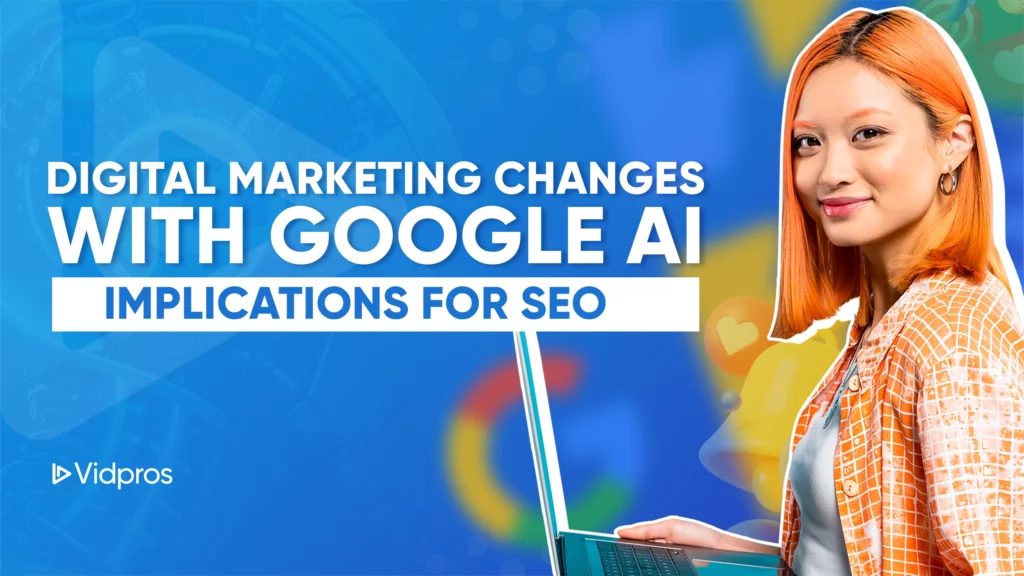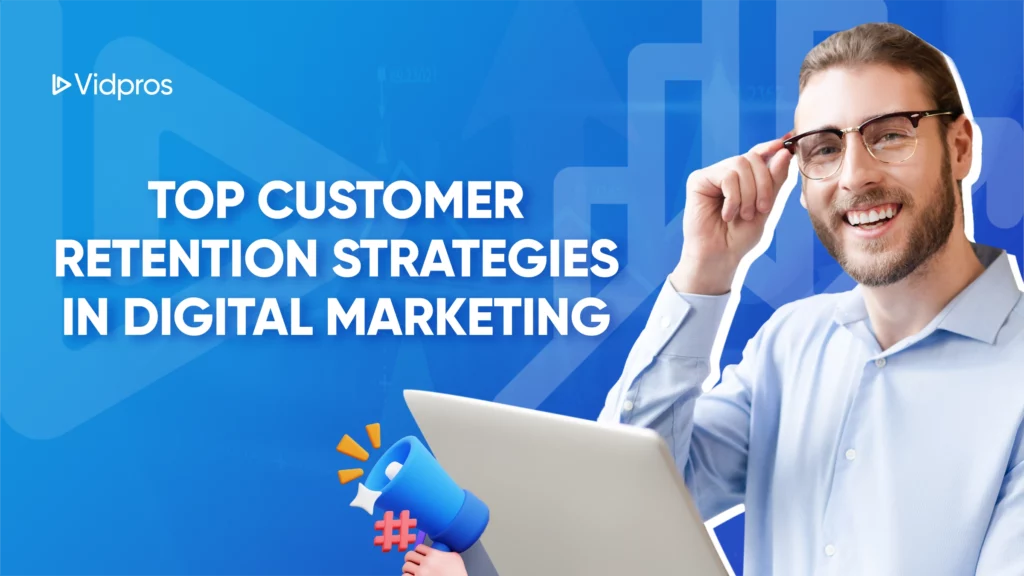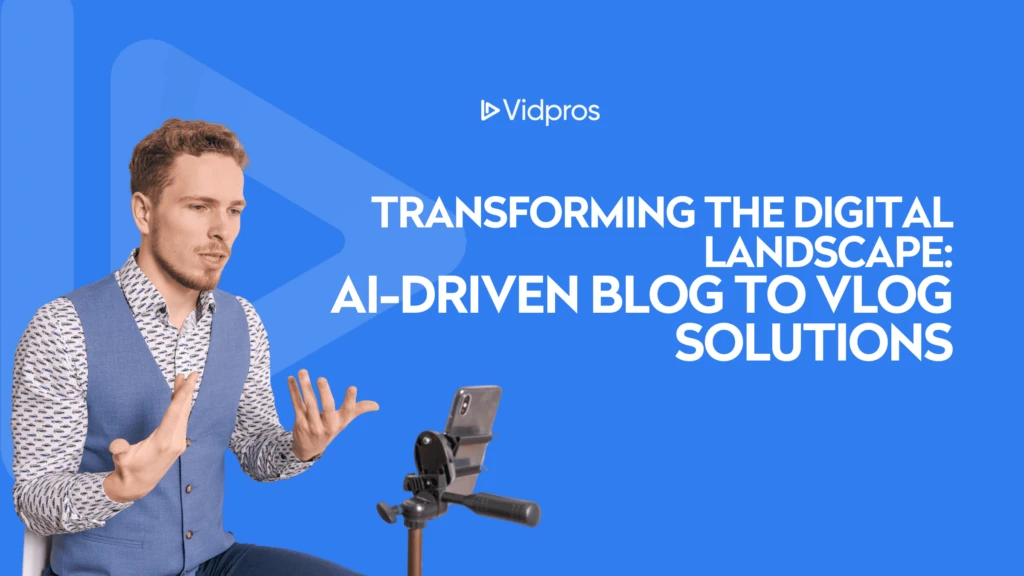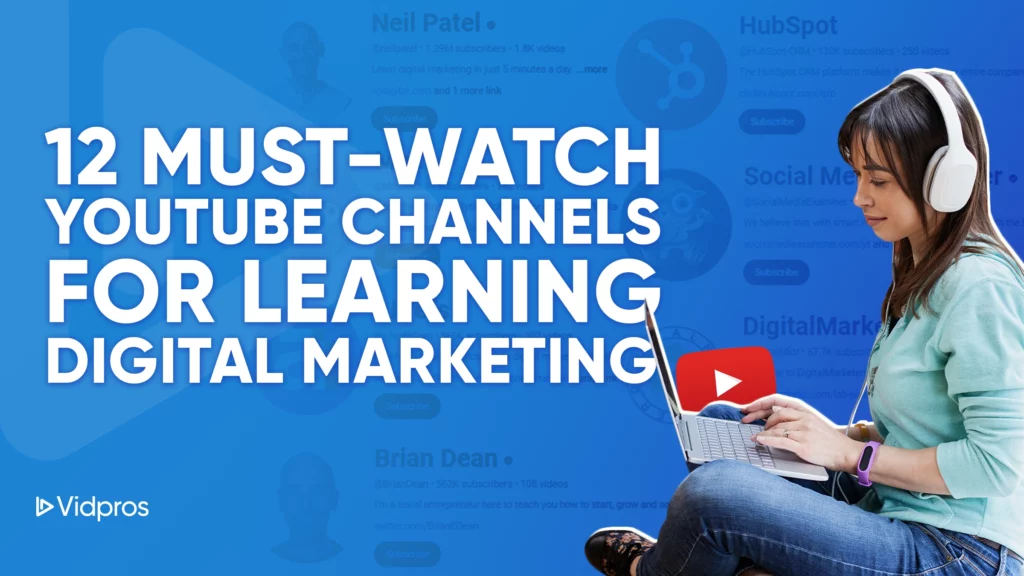Remember when SEO was all about keyword stuffing and building as many backlinks as possible? Those days are over. The way we search for things online has changed a lot since Google introduced its first AI algorithm update in 2015. With more advanced AI technologies integrated, including AI powered search engines, we see a significant shift in how search engines index and serve information.
Are you feeling lost with all these changes? Don’t worry, you’re not alone. In this article, we’ll simplify Google AI for SEO and give you practical tips on adjusting it.
Whether you’re a seasoned digital marketer or just starting to get into SEO, you’ll get a clear idea of what this means for your online business.
Google AI Overview
We previously discussed the Google AI Overview Feature. Now, we see a bigger shift in how users access information online. This feature, which shows AI-generated summaries at the top of search results, is changing the way users interact with search engines.
So, what is the Google AI Overview Feature again?
Imagine asking Google a complex question and getting a short and conversational summary at the top of your search results. This summary pulls information from multiple sources and gives an overview without clicking through various websites.
This feature aims to improve user experience by providing quick and easy information, but it also presents new challenges for content creators and SEO professionals. With these AI-generated summaries potentially reducing click-through rates to individual websites, we need to rethink our content creation and optimization strategy.
Integrating Google Search as a trusted source helps enhance the reliability and accuracy of generative AI models, improving the accuracy of AI responses and supporting user trust.
But before we get into the strategies to adapt to this new reality, let’s take a step back and look at the bigger picture of Google AI.
Is Google AI worth your time, and if so, why?

Google’s journey to AI started with RankBrain in 2015, which was designed to understand user queries. Fast-forward to today, and we see more powerful technologies like BERT, MUM, and LaMDA.
These aren’t just fancy acronyms; they are big leaps in Google’s ability to understand natural language and serve more relevant search results.
-
Introduced in 2019, BERT (Bidirectional Encoder Representations from Transformers) is a significant milestone in Google’s natural language processing. It allows the search engine to understand the context of words in search queries and give more accurate results.
-
MUM (Multitask Unified Model) goes further. It’s more potent than BERT and can understand and generate language, images, videos, and audio. It can give more answers to complex questions even if the information is across multiple formats and languages.
-
LaMDA (Language Model for Dialogue Applications) is for open-ended conversation. It’s designed to have free-form dialogue, making interactions with search more conversational.
These AIs aren’t just making Google smarter. They’re changing how users interact with search engines and, by extension, how we approach SEO. Gone are the days when a user would type in fragmented keywords and click through multiple pages of results.
Now, they’re asking complex questions and expecting instant answers.
AI SEO leverages artificial intelligence to enhance various SEO strategies, such as content creation, optimization, and overall website performance. It streamlines repetitive tasks, improves data analysis, and ultimately boosts search engine rankings.
So what does this mean for you? It’s time to rewrite your SEO playbook. Let’s get into the areas where Google AI has the most significant impact.
Understanding user intent like never before.
Remember when keyword research was all about finding the most popular search terms? Well, Google’s AI has flipped that script. Now, it’s all about understanding the intent behind those searches and integrating relevant keywords effectively into your content.
Thanks to BERT and MUM, Google can now understand language in ways that were unimaginable a few years ago. It’s not just looking at the words you use. It’s looking at the context, your search history, and even the phrasing of the query.
For example, if someone searches for “how to change a tire,” Google’s AI doesn’t just look for content with those exact words. It knows the user likely needs step-by-step instructions, possibly with images, and might also be interested in related information like tools or safety precautions.
What does this mean for your AI SEO tools strategy?
-
Create content that answers specific questions and solves real problems. Don’t just target keywords; target intents.
-
Write in natural language. Write like you’re conversing with your audience, not trying to game an algorithm.
-
Think about the entire user journey. What questions might someone have before and after they find your content?
-
Use semantic SEO. It means including related terms and concepts in your content, not just variations of your target keyword.
Quality content is king (for real this time).
We’ve heard “content is king” many times, but Google’s AI is finally making those words mean something. Its ability to evaluate content quality prioritizes depth, comprehensiveness, and expertise like never before.
It is reflected in Google’s E-E-A-T (Experience, Expertise, Authoritativeness, and Trustworthiness). Nowadays, it’s not enough to be well-written. You have well-written content; you must show actual knowledge and credibility in your field.
Quality content can significantly enhance a website’s ranking on search engine results pages by meeting user intent and providing valuable information.
Adding “Experience” to the original E-A-T framework means firsthand or practical experience in the topic you’re writing about. It is essential for YMYL (Your Money or Your Life) topics that could impact a person’s health, financial stability, or safety.
How do you adapt?
-
Create in-depth, well-researched content. Superficial articles won’t cut it anymore.
-
Show your expertise. Include author bios and links to reputable sources; don’t be afraid to go deep into your topic.
-
Update your content regularly. Fresh content signals to Google you’re on top of your game.
-
Share personal experiences and insights. If you have firsthand experience with a topic, make sure that comes through in your content.
-
Consider creating pillar pages or content hubs. These broad topic resources can show your expertise and improve your site’s topical relevance.
Voice search is changing the game.
With the rise of smart speakers and virtual assistants, voice search is becoming more critical. And guess what? Google’s AI is at the forefront of this trend, making voice interactions more natural and intuitive.
This shift towards voice search is changing how people ask questions. Instead of typing “best Italian restaurants NYC,” someone might ask, “What are the best Italian restaurants near me for a romantic dinner?”
The implications of this are significant. Voice searches are longer, more conversational, and often in the form of questions. They’re also more likely to be location-based and action-oriented. Utilizing an AI tool can enhance efficiency and improve results through testing and content generation, ensuring your content meets these new search patterns.
How do you optimize for voice search?
-
Focus on the long tail, conversational keywords. Think about how people speak, not just how they type.
-
Create content that answers common questions in your niche. Featured snippets are gold for voice search results.
-
Remember about local SEO. Many voice searches seek local information, so your Google My Business listing is current.
-
Optimize for “near me” searches. Include location-based keywords and ensure that your business information is consistent across all online platforms.
-
Consider creating FAQ pages. These can be a great way to target voice search queries.
Visual search is on the rise.
They say a picture is worth a thousand words, and Google’s AI is taking that to heart. With advancements in image and video analysis, visual search is becoming increasingly sophisticated.
Google Lens, for example, allows users to search for information about objects in their environment simply by pointing their smartphone camera at them. This technology can identify products, landmarks, plants, animals, and more and provide users with relevant information and search results.
Generative AI plays a crucial role in enhancing customer engagement and improving search experiences by generating relevant content based on user intent and ensuring accuracy and relevance.
So, optimizing your visual content is more important than ever. It’s not just about having pretty pictures on your site. It’s about making sure those visuals are discoverable and meaningful in the context of search.
What can you do to stay ahead?
-
Use descriptive file names and alt text for your images. Help Google understand what your visuals are about.
-
Consider creating more visual content, such as infographics, charts, and videos. These can help you capture featured snippets and other rich results.
-
Optimize your videos with transcripts and structured data. It helps Google understand and index your video content better.
Want to make your videos stand out? Consider giving Vidpros a try. We are experts at editing videos. Book a call with us today!
-
Use high-quality, original images. Stock photos are less likely to show up in image search results.
-
Try visual search optimization. Think about how your products or services might be discovered through image searches.
Local SEO is getting personal.
If you have a local business, listen up: Google’s AI is making local search more personal and context-aware than ever before. It’s not just about being the closest option anymore; it’s about being the best fit for that user at that moment.
So, local SEO is getting more detailed. You’re not just competing with other businesses in your area. You’re competing for relevance in each user’s unique context.
Integrating AI tools with Google Analytics can enhance data analysis, providing personalized insights by automatically importing data from Google Analytics 4. This aids in understanding user behavior and facilitates data-driven decisions.
For example, if someone searches for “coffee shop” on their smartphone at 8 a.m. on a weekday, Google might prioritize quick service options with good coffee reviews. The same search at 2 p.m. on a weekend might return results that highlight cozy atmospheres and Wi-Fi for people looking to linger.
How do you optimize for AI-driven local search?
-
Keep your Google My Business listing up to date with accurate information.
-
Encourage and respond to reviews. They’re a crucial signal of your business’s relevance and quality.
-
Create location-specific content that addresses local needs and interests.
-
Use local schema markup to help search engines understand your business’s location and offerings.
-
Build local backlinks and citations to strengthen your local authority.
User experience is more important than ever.
Google’s AI isn’t just looking at your content; it’s also looking at how users interact with your site. Page load speed, mobile friendliness, and overall user engagement are playing a bigger and bigger role in rankings.
This means technical SEO and user experience optimization are more connected than ever. Great content is only enough if your site is fast and easy to navigate.
Website performance optimization tools can enhance loading speeds and ultimately improve search rankings, thereby enabling content creators to maintain an effective online presence.
Google’s Core Web Vitals, introduced in 2020, are a set of specific metrics that Google considers essential in a webpage’s overall user experience. These include the Largest Contentful Paint (loading performance), First Input Delay (interactivity), and Cumulative Layout Shift (visual stability).
What can you do to improve?
-
Prioritize mobile optimization. With mobile-first indexing, your site needs to shine on smartphones.
-
Focus on Core Web Vitals. Use tools like Google’s PageSpeed Insights to find and fix issues.
-
Create a clear site structure. Make it easy for users and search engines to navigate your content.
-
Speed up your site. Compress images, leverage browser caching, and minimize code.
-
Use responsive design so your site looks good on all devices.
Artificial Intelligence and Search Ethics

As we benefit from AI in search of a solution, it’s essential to acknowledge the ethical considerations and challenges. Algorithmic bias, privacy, and transparency are at the top of the tech world agenda.
Algorithmic bias is the biggest challenge. If the data used to train AI models contains societal biases, those biases will be perpetuated and even amplified in search results. It can lead to unfair representation and the perpetuation of stereotypes.
Privacy is another big issue. As AI gets better at understanding user behavior and preferences, questions are being asked about data collection, storage, and usage. Users may only sometimes know how their data is used to personalize their search experience.
As SEOs, we must consider these issues in our work. It means:
-
Being aware of the language and perspectives in our content.
-
Being transparent about data collection and usage on our sites.
-
Promoting diversity of voice and viewpoint in our industry.
-
Educating clients and colleagues about the ethical implications of AI in search.
SEO Experts on Google AI

Let’s hear from some industry experts on Google’s AI:
John Mueller, Google’s Search Advocate, advises SEOs to focus on high-quality, user-focused content. He advises them to “focus on your site, on what you’re providing to your users, on the queries you want to be found for, and then create content that matches what users are looking for.”
He also says SEO strategies need to evolve with Google’s AI. Rather than optimizing for specific algorithm updates, SEOs should focus on the best user experience.
Rand Fishkin, founder of SparkToro and former Moz CEO, is more skeptical of Google’s AI. He says features like zero-click searches (where users get their answer in the search results without clicking through to a site) are a problem for content creators and businesses trying to drive traffic to their sites.
Fishkin advises marketers to leave the Google bubble and diversify their strategies. He suggests focusing on building direct relationships with your audience through email, social media, and other channels.
Both agree on high-quality content. They also say SEOs need to stay updated with AI and be flexible.
An AI-driven SEO strategy

So what’s next? As Google’s AI gets better, so must we. The good news is the fundamentals of good SEO aren’t changing – they’re just more critical than ever. AI SEO tools can significantly enhance SEO workflows and drive superior results.
Here’s your SEO checklist for the AI age:
-
Provide real value to your audience. Create content that answers questions and solves problems.
-
Take a holistic approach to SEO. It’s no longer just about keywords—it’s about the overall user experience.
-
Stay up to date with AI. It’s moving fast, so make it a habit to stay current.
-
Try new things. Changes in how people search online create new chances for using innovative SEO techniques.
-
Prioritize E-E-A-T in your content. Show your expertise, build your authority, and establish trust with your audience.
-
Optimize for voice and visual search. These growing trends offer new ways to reach your audience.
-
Look at user engagement metrics. These signals are becoming more important in how Google measures content quality.
-
Consider the ethical implications of AI in search. Be part of the conversation about how we can use these technologies responsibly.
Capping off
Ultimately, Google’s AI wants one thing– to give users the best results. By aligning your SEO strategy with that, you’ll be set for success in the ever-changing world of search.
SEO is changing, but that doesn’t mean it’s becoming less important. As search becomes more complex, the opportunities for intelligent marketers are more significant than ever. Just be flexible, keep learning, and always put your users first.













